Just as you see in the picture, this Melkhum place of Mirsarai, there is no edit or effect in these pictures.
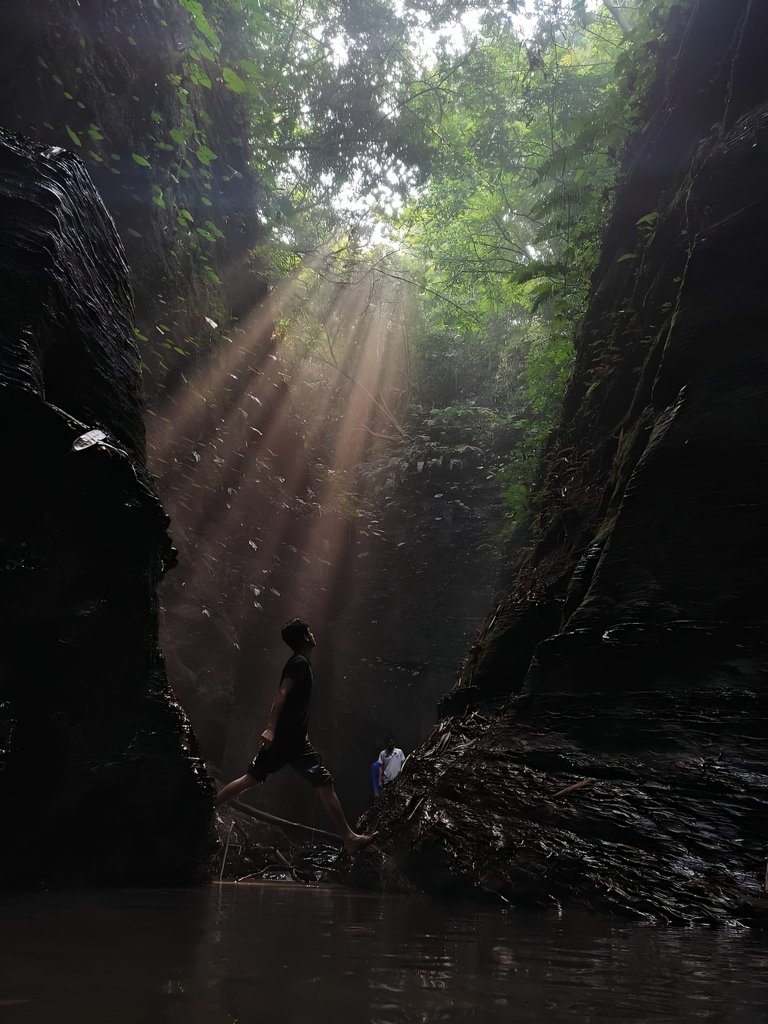
In real sense, the vastness of nature can be understood only on the route which has less human traffic, "Melkhum" is the name of a newly discovered trail, people have only known about this trail for a few days, so I took the bait before the people ate and wore it. The entire trail is just walking along the path, the water is extremely cold, I mean extremely cold, after going down to the khum, I feel like I have never gone down in such cold water since my birth, I was shivering all the time, if he or I have never gone down into a khum before. , Khum water is generally unusually cold. Trekking the entire trail gives a strange feeling as there is no human traffic. After one to one and a half hours of walking on the trail, this khum can be seen.
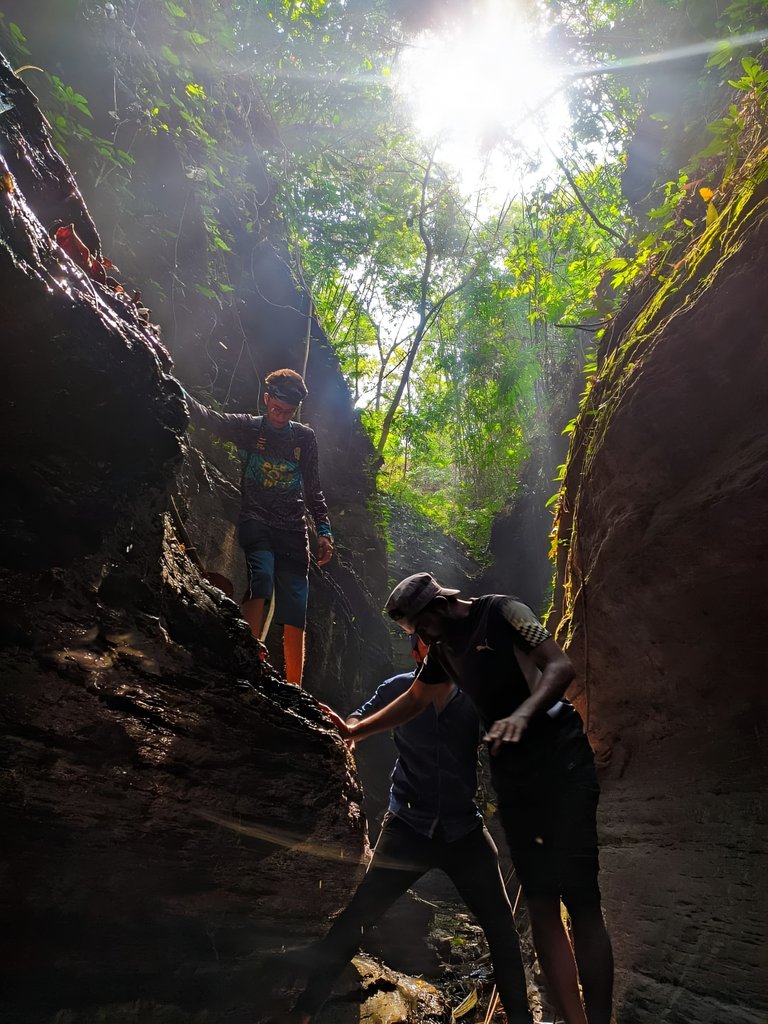
According to the locals the word #mel means a type of creeper that acts as an anesthetist for fish. Locals use this white juice of this tree to catch fish in the Khum. After splashing in the water for some time, the fish (especially shrimp) in the water of the khum will float away.
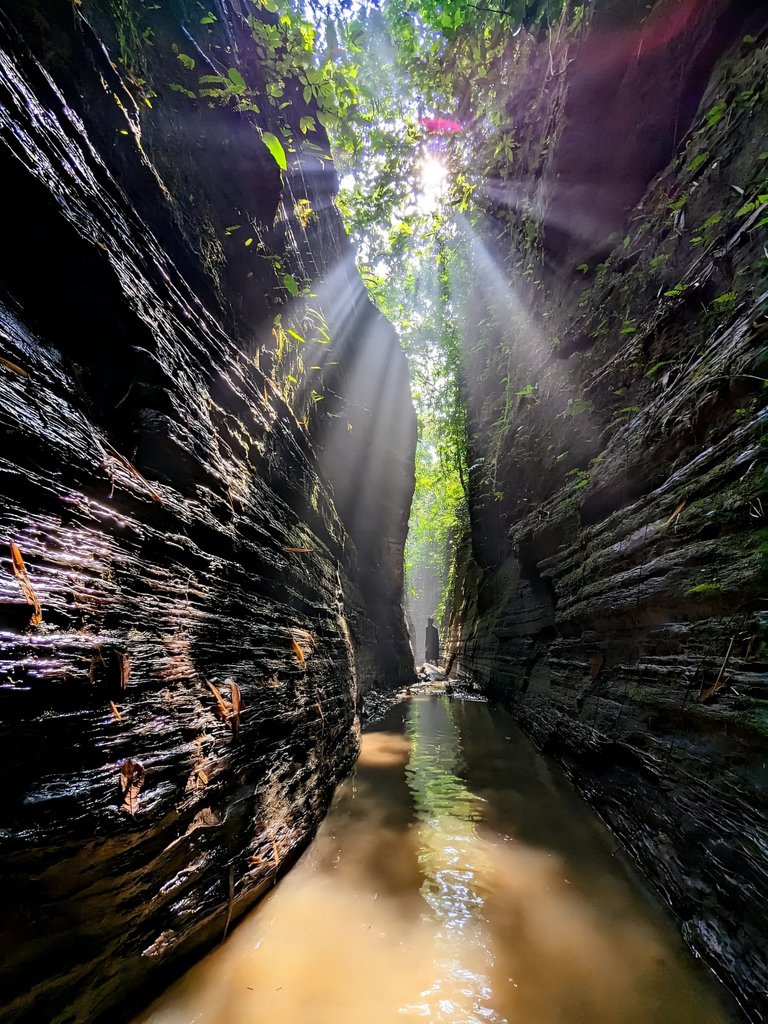
The Melkhum Trail, located in Mirshorai, Chittagong, Bangladesh, is a picturesque and challenging trek that offers a unique glimpse into the natural beauty and cultural heritage of the region. This scenic trail is perfect for adventurers who seek to explore the untamed wilderness of Bangladesh and experience the unique culture and lifestyle of the local communities.
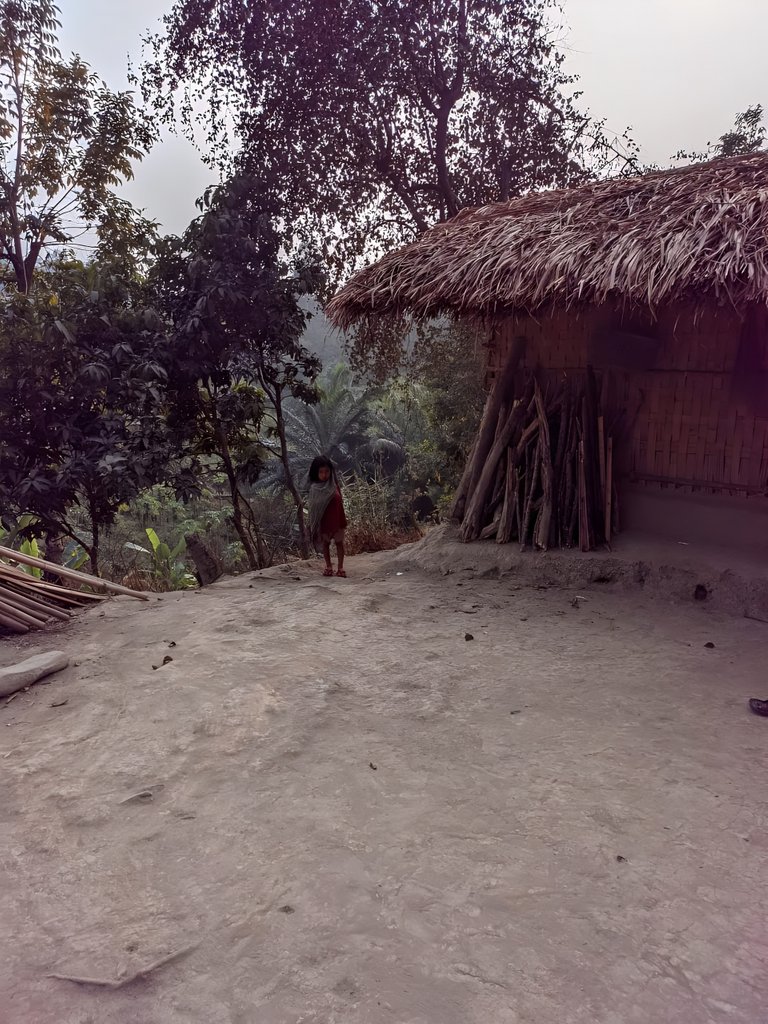
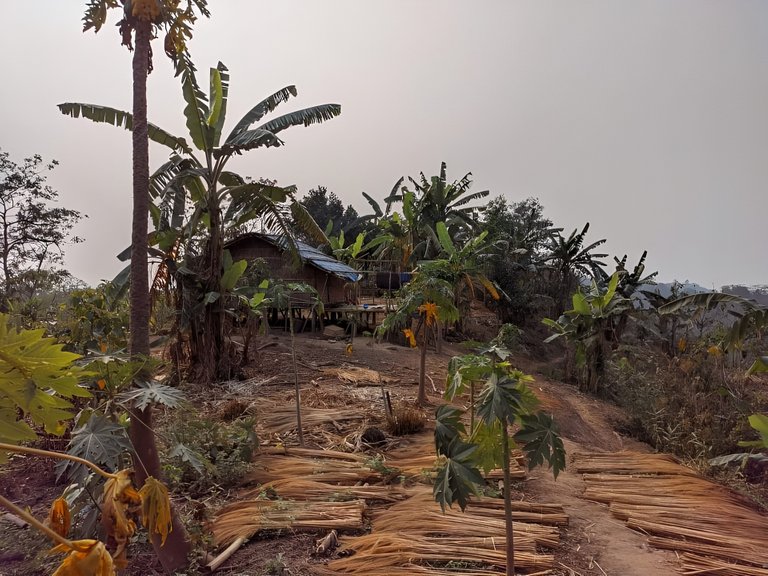

The Melkhum Trail is approximately 16 kilometers long and takes about 6-8 hours to complete. The trail starts at Melkhum Village and winds through the lush green hills and forests of the region. Along the way, trekkers will encounter stunning waterfalls, natural springs, and breathtaking views of the surrounding landscapes.


You won't like the trail at first. You won't notice the khum too much. But what you will see after passing Khum, you will have to remember a big time of life. You are walking in a little water, drops of water are falling on you from the rocky walls on both sides..... deserted... little by little the sun is playing with shadows. Think think...
If you can't pass Khum Par, there's no need to go here. What is my personal opinion?
There are two ways to cross Khum. (1) Walking and swimming through the Khum (2) Descending the hills.
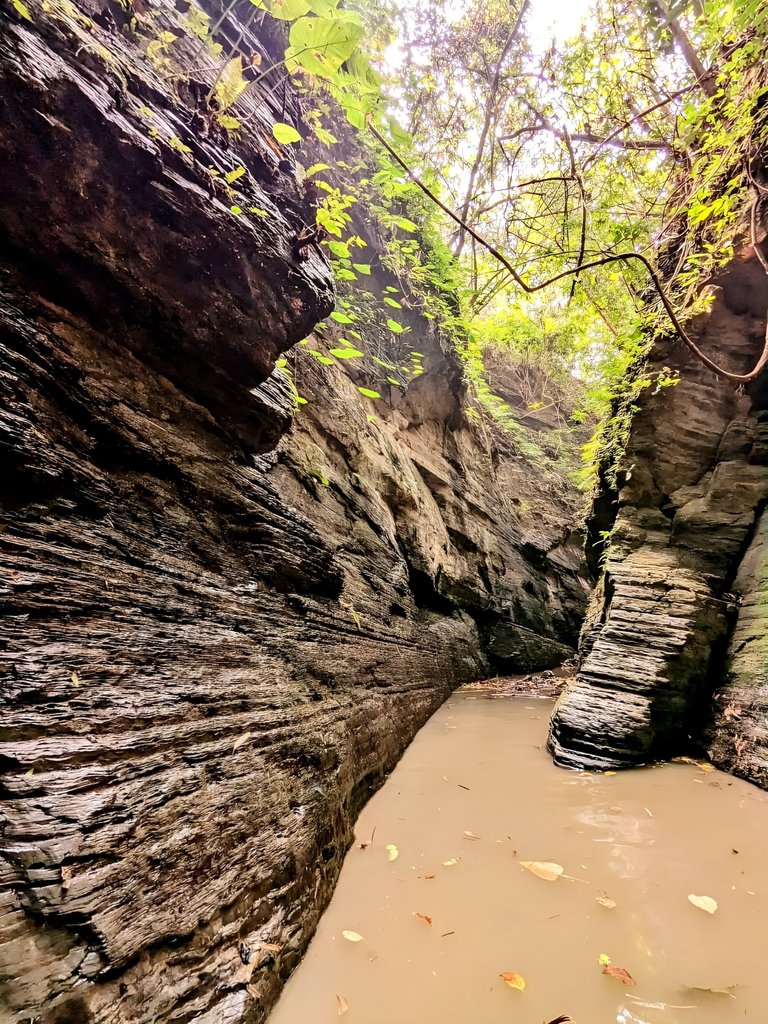
If you don't know how to swim, don't even think about diving. And if you go down the mountain, you must take the rope. You have to descend the rope which is about the same height as a four-five story building. That is why it is easy to swim in Khum.
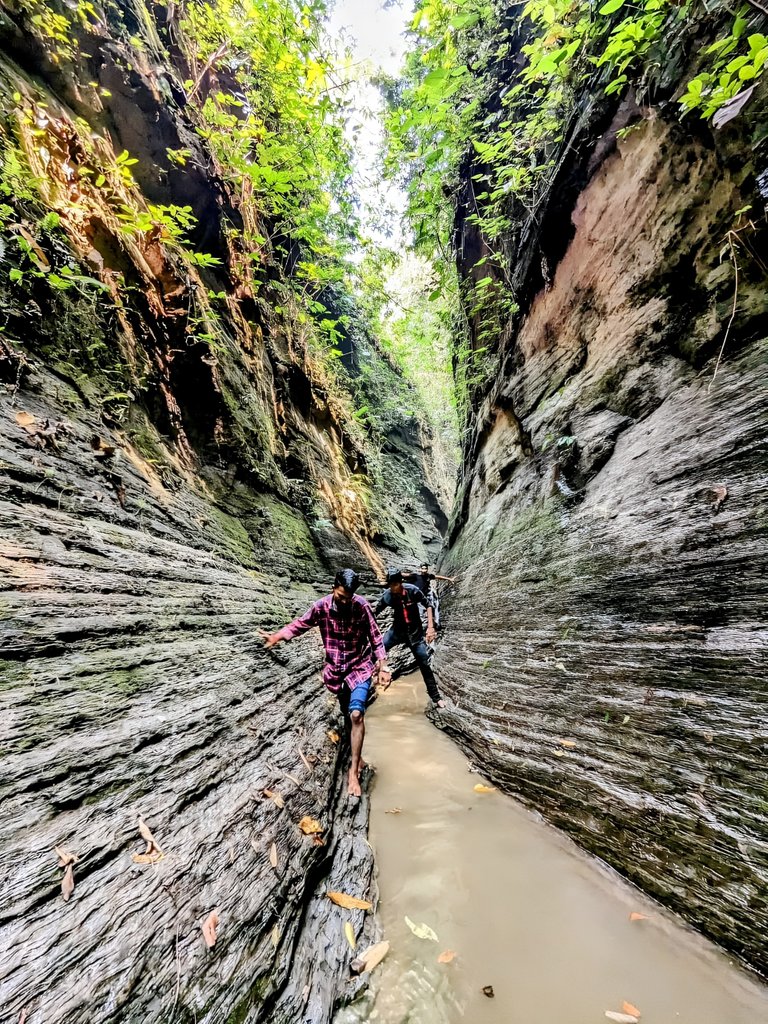
The trek also offers a glimpse into the local culture and lifestyle of the communities living in the region. Trekkers can visit the small villages and interact with the locals, learn about their traditions, and taste the local delicacies. The local communities are known for their hospitality, and trekkers can expect a warm welcome wherever they go.
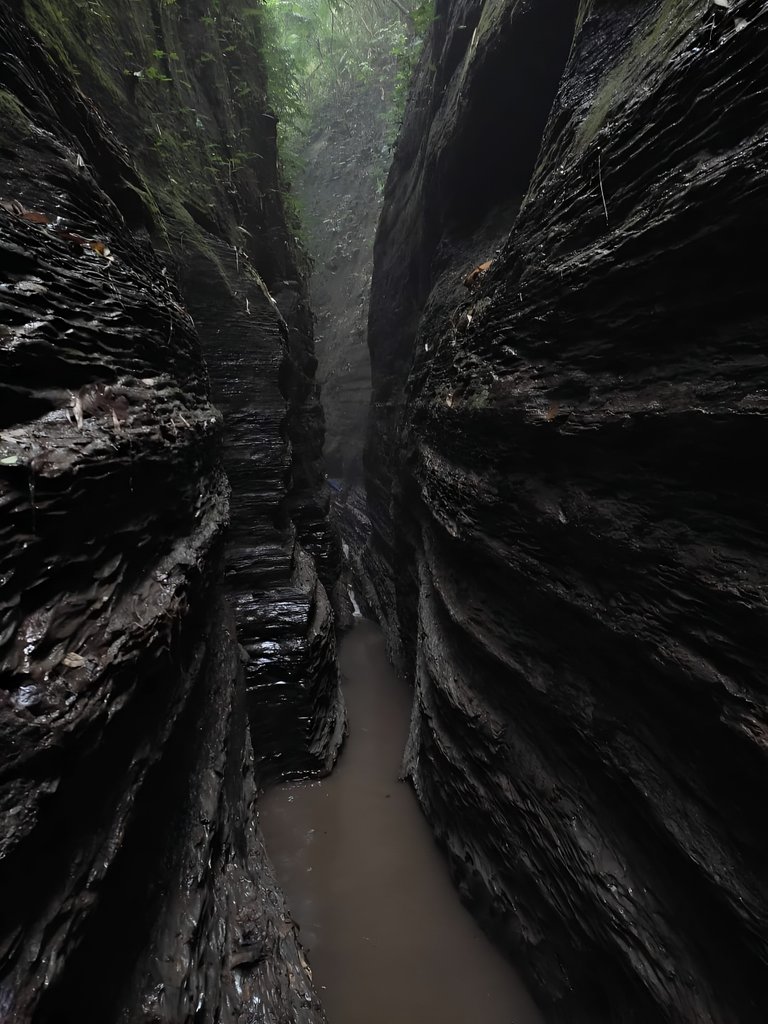
One of the highlights of the Melkhum Trail is the natural beauty of the region. The trail takes trekkers through thick forests and past natural springs and waterfalls. The trail is also home to a diverse range of flora and fauna, including rare species such as the clouded leopard, barking deer, and wild boar. Birdwatchers can also spot a variety of bird species, including the endangered hornbill.
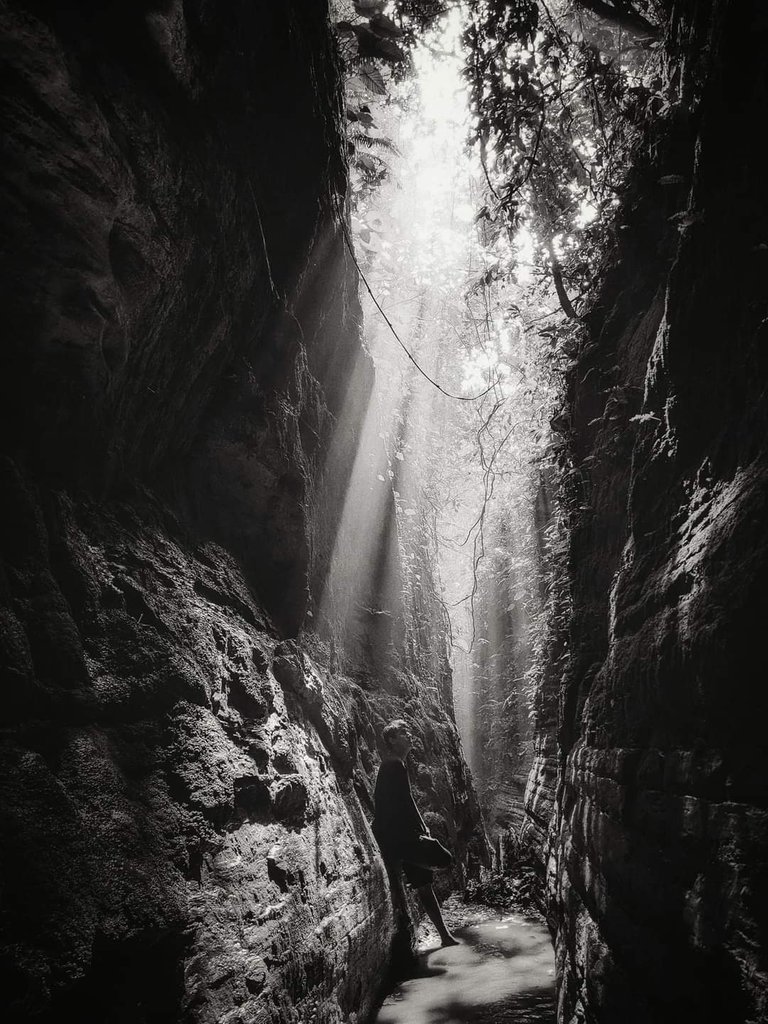
The Melkhum Trail is not for the faint-hearted. The trail is steep and challenging, and trekkers must be physically fit and mentally prepared for the trek. The trail is also remote, and trekkers must carry all the necessary equipment and supplies with them. Trekkers are advised to go with a guide who is familiar with the trail and can provide assistance in case of any emergencies.
Personally, I think it's a good plan to go down the hill and swim in the river on the way back.
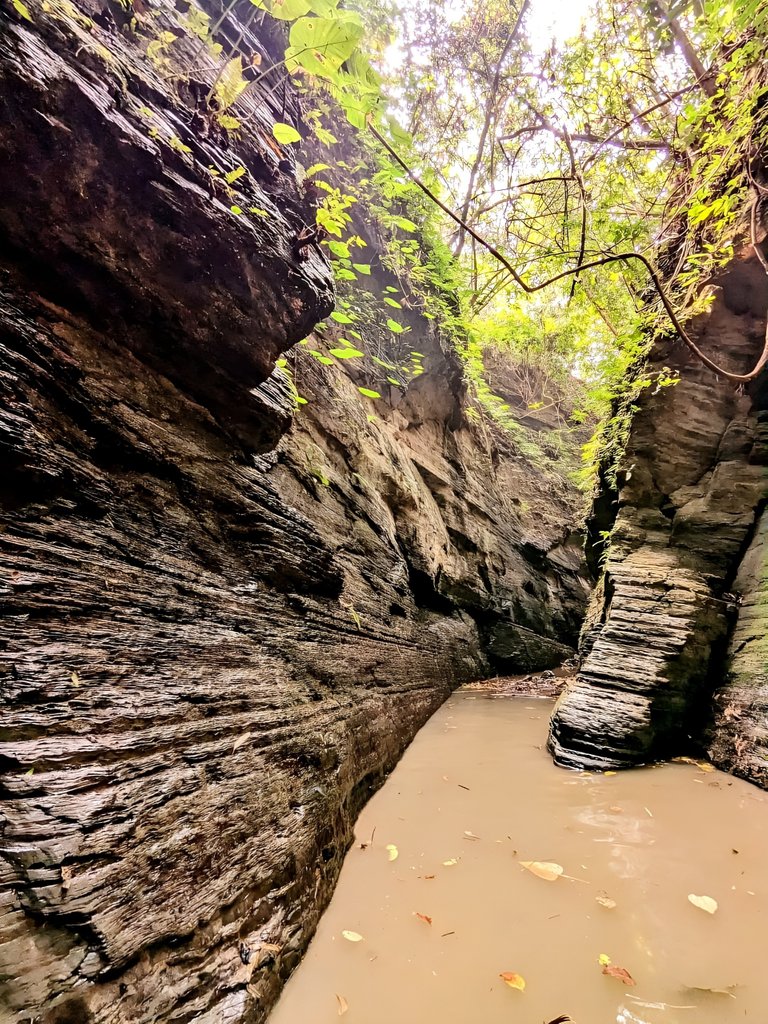
My friend and I started our journey from Kamalapur to Sitakund, Mirsrai (Melkhum) by mail train bound for Chittagong. The train leaves at 10.40 pm. The situation in the train, if I stand all night then it will be difficult to trek the next day, so I got down at the airport station.
From the station, I bought a standing ticket for the Turna train to Comilla (Tk. 225). But we will get down at Feni station. The train arrives at 11.30 pm. The train reached Feni at 5.10 am. From there I came to Feni bus stand by local car (Auto - Tk 20). From there I boarded a bus (fare - 75 taka) and got off at Sonapahar Bazaar Mirsarai. At 7.15 minutes after going down to the bazaar, we started towards Melkhum. First I get a railway line, cross it along the sand road, then a culvert, then I get a stream. Which is coming directly from Khum. After that, I met Khum around 9.15. The water was very cold, sometimes the water was up to the chest. From there we came to Sonabazar at 12.30 minutes.
We started our journey towards Sitakunda (Bus Fare - 50 Taka) Sitakunda and did not eat lunch (per person - 150 taka). After Jumma Namaz there, I went to see Bashbaria Samudra Soukat.
Get off the bus at Banshbaria Bazar (Bus - Tk 20). From there we took a rickshaw to go near the sea (rickshaw fare - 15 taka). From there till 5 pm we leave for Sitakund. I will come back to Dhaka today. Bus fare (Tk 680) per person.

Note: Those who have problems with cold should be careful, and if you don't know how to swim, don't get into the water, don't pollute the environment by littering anywhere, let nature live in its own way. Life is really beautiful.
Thank you so much for your valuable time 🖤



